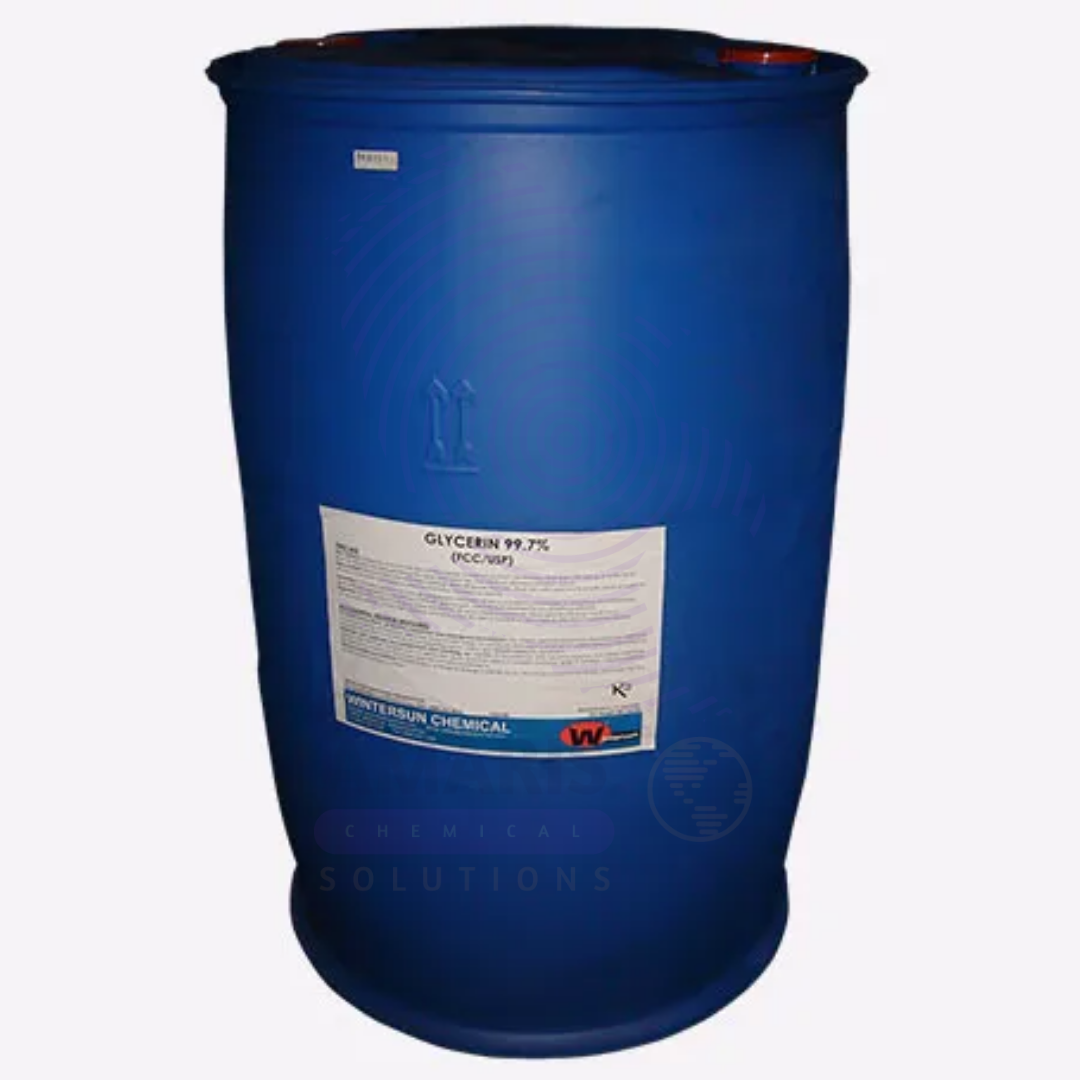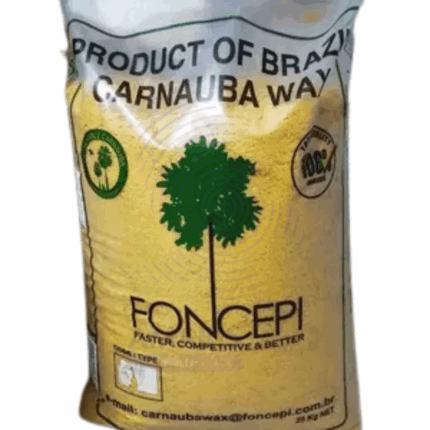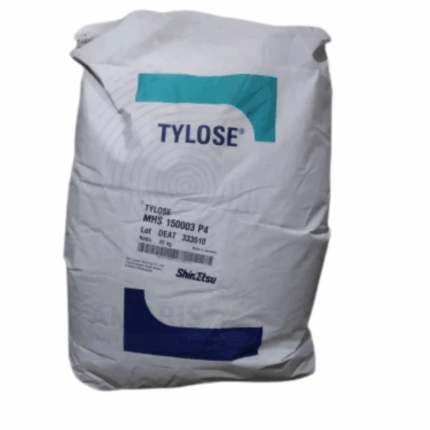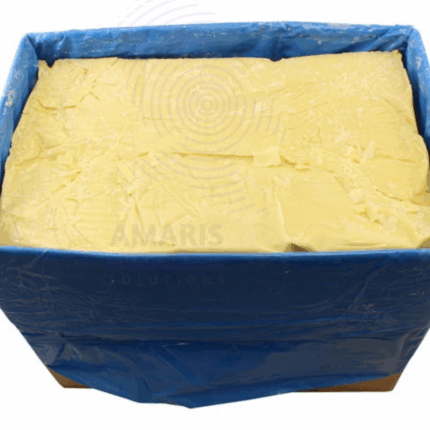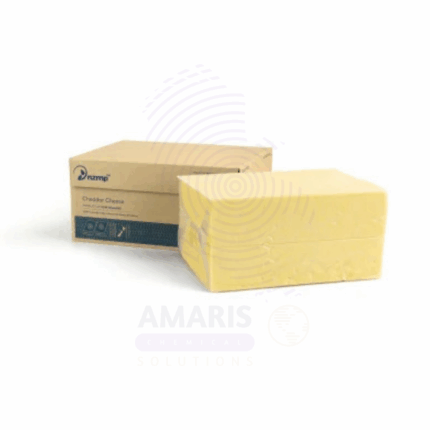
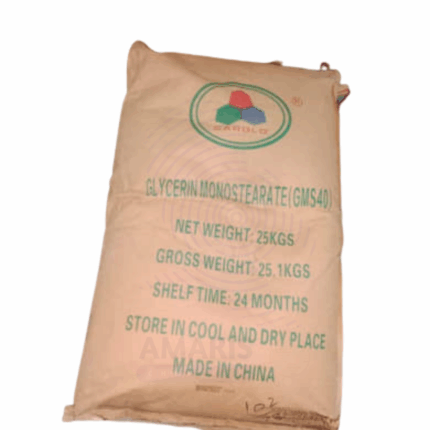
Glycerin Drum USP
$ 2.00 Original price was: $ 2.00.$ 1.80Current price is: $ 1.80.
Glycerin Drum USP, also known as glycerol, is a high-purity, pharmaceutical-grade trihydroxy alcohol (triol) used extensively in pharmaceutical, cosmetic, food, and personal care industries. Supplied in 250kg HDPE drums, this grade complies with the standards of the United States Pharmacopeia (USP), ensuring suitability for internal and topical human use. It is a clear, colorless, odorless, viscous liquid with a sweet taste and hygroscopic (moisture-attracting) properties. USP glycerin is derived from natural or synthetic sources and serves as a solvent, humectant, emollient, sweetener, and preservative in various applications.
Glycerin Drum USP
Primary Uses
- Pharmaceutical & Medical Industry
- Excipient in oral medications like syrups, elixirs, and suspensions to improve texture and stability.
- Laxative agent in oral or rectal formulations (e.g., suppositories and enemas) due to its osmotic action.
- Solvent and stabilizer in injectables, eye drops, and topical drugs.
- Vehicle for active pharmaceutical ingredients (APIs) to aid delivery and bioavailability.
- Humectant and base in creams, gels, ointments, and transdermal patches.
- Preservative and plasticizer in soft gelatin capsules, lozenges, and tablets.
- Used in wound care gels and oral hygiene formulations like mouthwashes and toothpaste.
- Personal Care & Cosmetics
- Moisturizer and skin-conditioning agent in lotions, face creams, serums, and shaving products.
- Hydration enhancer for hair care formulations like shampoos, conditioners, and leave-in treatments.
- Improves spreadability, texture, and shelf life of skin and body care products.
- Humectant in soaps, helping maintain moisture balance and skin softness.
- Used in deodorants, hand sanitizers, and facial masks to enhance comfort and performance.
- Food & Beverage (Food-Contact Use Only)
- As a processing aid or indirect additive in manufacturing food-contact pharmaceuticals and dietary supplements.
- Carrier and stabilizer for botanical extracts and active ingredients in nutraceuticals.
- Used in glycerite formulations as a sugar-free alternative to alcohol-based tinctures.
- Nutraceutical & Supplement Industry
- Filler and carrier in liquid herbal products, vitamin drops, and functional beverages.
- Enhances taste and viscosity in sugar-free, natural health products.
- Serves as a capsule plasticizer in soft gels and vegetarian capsules.
Secondary Uses
- Veterinary Applications
- Topical base and humectant in pet skin care products and creams.
- Laxative and solvent for veterinary formulations and feed supplements.
- Laboratory & Biotech
- Cryoprotectant in biological research for preserving cells, enzymes, and tissues during freezing.
- Used in gel electrophoresis buffers and media preparations.
- Industrial Applications (Restricted to Indirect Use)
- Lubricant in machinery where incidental food or drug contact may occur.
- Plasticizer in capsules, film coatings, and biodegradable polymers.
- Humectant and viscosity modifier in adhesives and coatings used in pharmaceutical packaging.
- Basic Identification Attributes
- Chemical Name (IUPAC): Propane-1,2,3-triol
- Common/Trade Name: Glycerin / Glycerol (USP Grade)
- CAS Number: 56-81-5
- HS Code: 2905.45.00
- Molecular Formula: C₃H₈O₃
- Molecular Weight: 92.09 g/mol
- Synonyms:
- Glycerol
- 1,2,3-Propanetriol
- Trihydroxypropane
- Glycerin USP
- Glycerin Refined Grade
- Glycerolum
- Physical & Chemical Properties
- Physical State: Viscous liquid
- Color & Odor: Colorless, odorless, sweet-tasting
- Purity: ≥ 99.7% (USP standard)
- Boiling Point: 290 °C
- Melting Point: 18 °C
- Density: ~1.26 g/cm³ at 20 °C
- Solubility: Fully miscible in water and alcohol; insoluble in oils
- Refractive Index: ~1.473
- pH (in solution): ~7 (neutral)
- Viscosity (25°C): ~1,200 cP
- Safety & Hazard Attributes
- GHS Classification:
- Not hazardous under GHS for standard use
- NFPA Ratings:
- Health: 0
- Flammability: 1
- Reactivity: 0
- Toxicity: Very low; recognized as safe (GRAS)
- Allergenicity: Hypoallergenic; no known sensitization effects
- Storage & Handling Attributes
- Container Type: 250 kg HDPE drum or stainless steel container
- Storage Conditions:
- Store in a tightly sealed container
- Keep in cool (15–25 °C), dry, and well-ventilated areas
- Shelf Life: 24–36 months under recommended conditions
- Handling Notes:
- Hygroscopic—keep sealed to avoid water absorption
- Clean spills immediately (slippery)
- Regulatory & Compliance Attributes
- USP Monograph Compliant – For pharmaceutical and medical use
- FDA Approved – GRAS status and allowed in drugs, cosmetics, and foods
- Food Codex: Compliant as food contact material
- REACH Registered & RoHS Compliant
- Kosher/Halal Certified (depending on source)
- Free from GMOs, allergens, gluten, and animal derivatives (if vegetable-derived)
- Environmental & Health Impact
- Biodegradability: Fully biodegradable under aerobic and anaerobic conditions
- Ecotoxicity: Low risk to aquatic environments
- Bioaccumulation: Not expected
- Carcinogenicity/Mutagenicity: Not classified; no evidence of cancer risk
- Sustainability: Often sourced from renewable vegetable oils (e.g., palm, coconut, soy)
- Safety Handling Precautions
PPE Required:
- Nitrile gloves
- Safety goggles
- Apron (bulk handling)
Handling Guidelines:
- Avoid contact with eyes
- Prevent contamination by using clean equipment
- Use in well-ventilated areas if heating
Hygiene Practices:
- Wash hands thoroughly after handling
- Do not eat or drink while handling
- First Aid Measures
- Skin Contact: Wash with water and soap if irritation develops
- Eye Contact: Rinse thoroughly with clean water for at least 15 minutes
- Inhalation: Non-hazardous; move to fresh air if mist is inhaled in large volumes
- Ingestion: Safe in typical use levels; in case of large accidental ingestion, consult a physician
- Firefighting Measures
- Fire Hazards: Slightly flammable at high temperatures
- Flash Point: ~160 °C (closed cup)
- Extinguishing Media: Foam, CO₂, dry chemical, or water spray
- Combustion Products: Carbon dioxide, carbon monoxide
- Firefighter PPE: Standard fire gear and SCBA if vapors are present


 Preservatives(food)
Preservatives(food) Flavor Enhancers
Flavor Enhancers Acidulants
Acidulants Sweeteners
Sweeteners Antioxidants
Antioxidants Colorants(food)
Colorants(food) Nutraceutical Ingredients (food)
Nutraceutical Ingredients (food) Nutrient Supplements
Nutrient Supplements Emulsifiers
Emulsifiers
 Collectors
Collectors Dust Suppressants
Dust Suppressants Explosives and Blasting Agents
Explosives and Blasting Agents Flocculants and Coagulants
Flocculants and Coagulants Frothers
Frothers Leaching Agents
Leaching Agents pH Modifiers
pH Modifiers Precious Metal Extraction Agents
Precious Metal Extraction Agents
 Antioxidants(plastic)
Antioxidants(plastic) Colorants (Pigments, Dyes)
Colorants (Pigments, Dyes) Fillers and Reinforcements
Fillers and Reinforcements Flame Retardants
Flame Retardants Monomers
Monomers Plasticizers
Plasticizers Polymerization Initiators
Polymerization Initiators Stabilizers (UV, Heat)
Stabilizers (UV, Heat)
 Antifoaming Agents
Antifoaming Agents Chelating Agents
Chelating Agents Coagulants and Flocculants
Coagulants and Flocculants Corrosion Inhibitors
Corrosion Inhibitors Disinfectants and Biocides
Disinfectants and Biocides Oxidizing Agents
Oxidizing Agents pH Adjusters
pH Adjusters Scale Inhibitors( water)
Scale Inhibitors( water)
 Antioxidants(cosmetic)
Antioxidants(cosmetic) Emollients
Emollients Fragrances and Essential Oils
Fragrances and Essential Oils Humectants
Humectants Preservatives
Preservatives Surfactants(cosmetic)
Surfactants(cosmetic) Thickeners
Thickeners UV Filters
UV Filters
 Fertilizers
Fertilizers Soil Conditioners
Soil Conditioners Plant Growth Regulators
Plant Growth Regulators Animal Feed Additives
Animal Feed Additives Biostimulants
Biostimulants Pesticides (Herbicides, Insecticides, Fungicides)
Pesticides (Herbicides, Insecticides, Fungicides)
 Active Pharmaceutical Ingredients (APIs)
Active Pharmaceutical Ingredients (APIs) Excipients
Excipients Solvents(pharmaceutical)
Solvents(pharmaceutical) Antibiotics
Antibiotics Antiseptics and Disinfectants
Antiseptics and Disinfectants Vaccine Adjuvants
Vaccine Adjuvants Nutraceutical Ingredients (pharmaceutical)
Nutraceutical Ingredients (pharmaceutical) Analgesics & Antipyretics
Analgesics & Antipyretics
 Analytical Reagents
Analytical Reagents Solvents(lab)
Solvents(lab) Chromatography Chemicals
Chromatography Chemicals Spectroscopy Reagents
Spectroscopy Reagents microbiology-and-cell-culture-reagents
microbiology-and-cell-culture-reagents Molecular Biology Reagents
Molecular Biology Reagents Biochemical Reagents
Biochemical Reagents Inorganic and Organic Standards
Inorganic and Organic Standards Laboratory Safety Chemicals
Laboratory Safety Chemicals Specialty Laboratory Chemicals(Special Laboratory Equipment)
Specialty Laboratory Chemicals(Special Laboratory Equipment)
 Demulsifiers
Demulsifiers Hydraulic Fracturing Fluids
Hydraulic Fracturing Fluids Scale Inhibitors(oil)
Scale Inhibitors(oil) Surfactants(oil)
Surfactants(oil) Drilling Fluids
Drilling Fluids
 Dyes and Pigments
Dyes and Pigments Bleaching Agents
Bleaching Agents Softening Agents
Softening Agents Finishing Agents
Finishing Agents Antistatic Agents
Antistatic Agents
 Admixtures
Admixtures Waterproofing Agents
Waterproofing Agents Sealants and Adhesives
Sealants and Adhesives Curing Compounds
Curing Compounds Concrete Repair Chemicals
Concrete Repair Chemicals Anti-Corrosion Coatings
Anti-Corrosion Coatings
 Surfactants(cleaning)
Surfactants(cleaning) Builders
Builders Enzymes
Enzymes Solvents (Cleaning)
Solvents (Cleaning) Fragrances
Fragrances
 Electronic Chemicals
Electronic Chemicals Catalysts
Catalysts Lubricants
Lubricants Photographic Chemicals
Photographic Chemicals Refrigerants
Refrigerants Automotive chemicals
Automotive chemicals Pyrotechnic Chemicals
Pyrotechnic Chemicals
 Biodegradable Surfactants
Biodegradable Surfactants Bio-based Solvents
Bio-based Solvents Renewable Polymers
Renewable Polymers Carbon Capture Chemicals
Carbon Capture Chemicals Wastewater Treatment Chemicals
Wastewater Treatment Chemicals
 Pigments
Pigments Solvents(paint)
Solvents(paint) Specialty Coatings
Specialty Coatings Binders/Resins
Binders/Resins Additives
Additives Driers
Driers Anti-Corrosion Agents
Anti-Corrosion Agents Functional Coatings
Functional Coatings Application-Specific Coatings
Application-Specific Coatings
 Fresh Herbs
Fresh Herbs Ground Spices
Ground Spices Whole Spices
Whole Spices Spice Blends
Spice Blends Dried Herbs
Dried Herbs
 Leavening Agents
Leavening Agents Dough Conditioners
Dough Conditioners Flour Treatments
Flour Treatments Fat Replacers
Fat Replacers Decoratives
Decoratives Preservatives(baking)
Preservatives(baking)
 Plasticizers & Softeners
Plasticizers & Softeners Reinforcing Agents
Reinforcing Agents Adhesion Promoters
Adhesion Promoters Vulcanizing Agents
Vulcanizing Agents Antidegradants
Antidegradants Blowing Agents
Blowing Agents Fillers & Extenders
Fillers & Extenders Accelerators & Retarders
Accelerators & Retarders